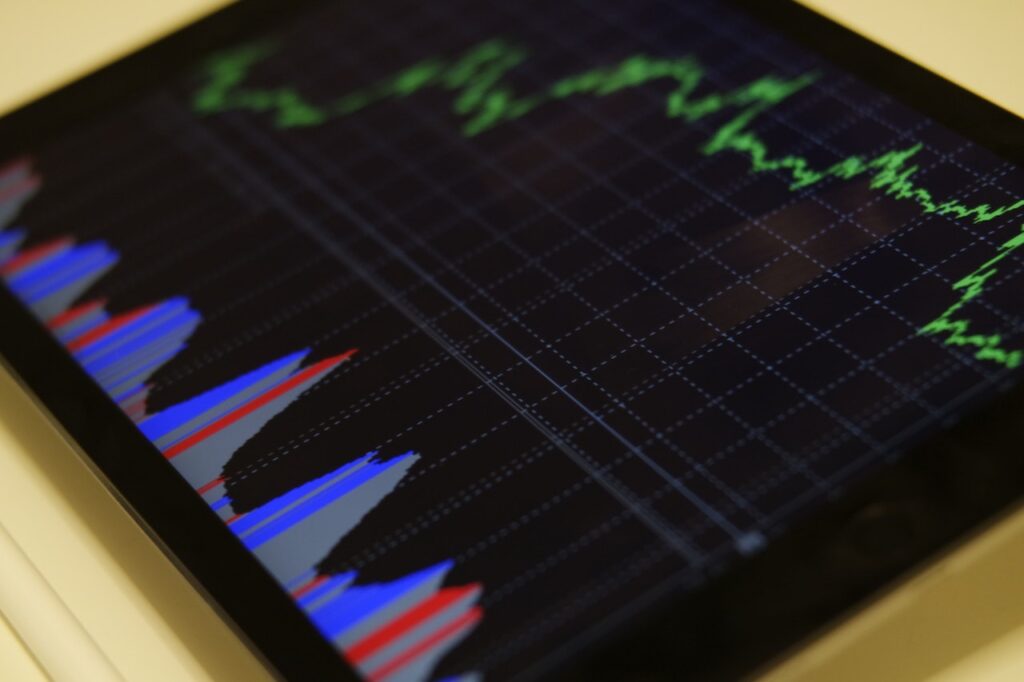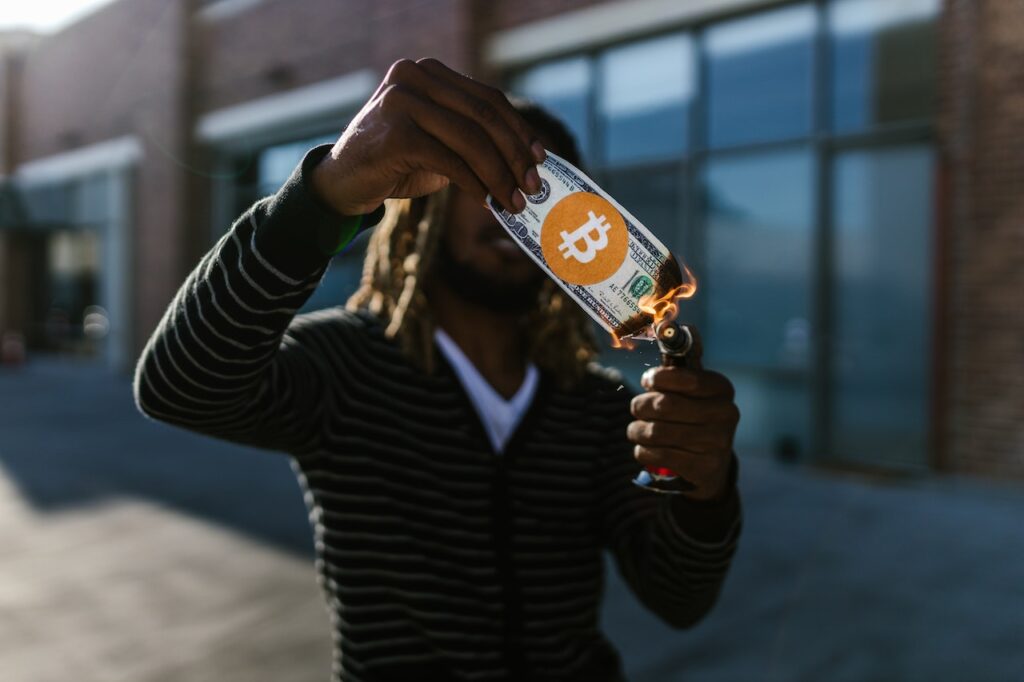In the forex market, traders make their money by trading currencies. They invest in currencies in the hopes that they will rise in value. Currency prices are based on interest rates, which are set by national banks in different countries. Traders try to predict the next move of the central bank by buying currencies before it makes its decision. However, if their hunch is wrong, they lose money. To avoid making a loss, they must be knowledgeable about the economies of the countries they trade in.
Interest rates set by national banks of every country
While forex trading is all about currency, it’s also about the interest rates. The key interest rate is set by the central bank of a country to signal to the market the best rate to meet monetary policy objectives. This rate also ties transactions to it. When doing forex trading, you’ll want to focus on the interest rates that will likely be set in the near future.
Interest rates, otherwise known as the overnight rate, are the key to the Forex market. The interest rate is the rate at which a central bank in a country will lend money to commercial banks in the short term. These rates are closely monitored by FX traders and have a major impact on the market. As a result, changes in interest rates can influence the direction that traders take their investments.
Currency quotes
To trade in the forex market successfully, you must understand how currency quotes work. There are two basic types of quotes: direct and indirect. The first one shows the exchange rate of the base currency and the second one shows the price in units of the second currency. A common example is the EUR/USD. The EUR/USD currency pair shows the price of one Euro in USD, cents, and 04 pips. As the value of one currency varies from one country to another, these quotes often contain fractions of a cent or pips.
The direct quote shows the price of one currency compared to another currency. A direct quote of Euros will show EUR/USD, which is relevant for US citizens. The indirect currency quote, on the other hand, shows the value of one currency in terms of another currency. This can be useful if you are buying a foreign currency with the intention of converting it to your domestic currency.
Leverage
Leverage is one of the key aspects of forex trading. It allows you to increase the size of your transactions and diversify your investment portfolio. It can also help you increase your investment capital in a short period of time. For example, if you have a $100 trading account, you can leverage it by x100 to trade $10,000 worth of currencies.
Using a higher leverage means that your losses are smaller, but it also means that your profit is bigger. If you invested a thousand dollars in EUR/USD and the pair moved 100 pips from 1.1305 to 1.1405 in a day, you would have made a profit of $100. However, you should be careful not to use too much leverage.
Trading positions
A forex trading position is a contract that allows you to lock in a particular exchange rate for an agreed upon amount of currency at a later date. This is done on an exchange. Another type of trading position is the futures market. With a futures position, you can buy or sell a specified amount of currency at a specified exchange rate at a later date.
You can have an open position in the market or a closed position. Having an open position means that you have a larger amount of money that you can trade with than a closed position. This allows you to diversify your trading positions and reduce your overall exposure to the market. However, you should also be aware of the volume of your Forex positions, as one price swing could easily wipe out all your deposits.
Currency movement in percentages
Currency movement is a measure of the value of one currency relative to another. The value of one currency can fluctuate by many percentage points. Currency movements are often driven by monetary policies. For example, the US Federal Open Market Committee (FOMC) meets regularly to discuss interest rates. Moreover, other factors like political stability, election results, and economic data can affect the value of a currency. For this reason, keeping track of currency movement is crucial for those who manage money in different currencies.
Trading with leverage
Trading forex with leverage is an excellent way to increase your profits, but it also carries a high level of risk. This type of trading allows you to borrow a certain amount of money from a broker, and that capital can be used for larger positions than you can afford to pay out of your own funds. The risks associated with this kind of trading are largely the same as those in conventional trading. You must be aware of all the costs and fees associated with this type of trading. You also need to allocate enough capital to your margin account.
Leverage is the most important part of trading forex, and it is an essential concept to understand. It allows you to trade larger amounts of money, which is often what traders do. For example, if you have $1,000 in your trading account, you can use that to trade up to $50,000 using 50:1. The leverage is a multiplier of your account balance, and it is akin to a bank loan.







Facebook Comments